Learning what will grow best in your yard starts with understanding your soil. Soil is the foundation of the garden and a key component of “right plant, right place.” We’ll walk through some of the simplest tests and observations that you can do by yourself at low cost. All of these tests, when done together, will give you an overall understanding of your soil’s chemistry and structure so you know what kinds of plants will do well in your garden.
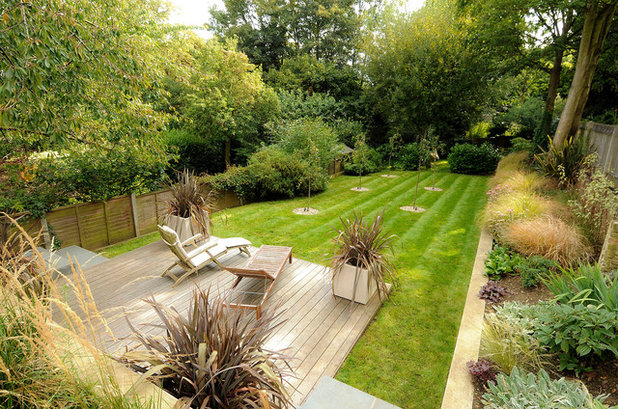
Kate Eyre Garden Design
Determine what type of soil you have. Soil can be described based on a triad of physical components: sand, silt and clay. The relative proportions of each tell you the physical makeup of your soil. You can pull information from the USDA National Soil Survey, but I also recommend doing a DIY soil test to determine your soil type throughout your yard. Test several places, because you may have pockets of different soil types depending on your climate and geology.
How to Stop Worrying and Start Loving Clay Soil | Gardening Solutions for Dry, Sandy Soils
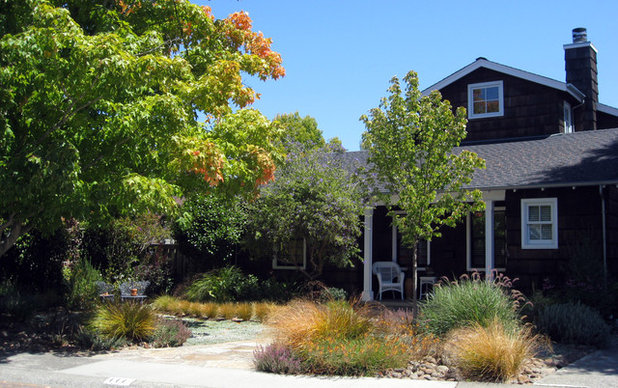
Dig Your Garden Landscape Design
Test your soil’s infiltration rate. It’s important to know your soil’s infiltration rate, because some plants can tolerate “drought-prone soil,” while others can tolerate “poorly draining soil.” As you research plants, you will often see “requires good drainage,” which means that the soil must drain freely.
You can find out where your soil is on the spectrum of drought-prone to waterlogged with a simple test.
- Dig a hole 12 inches deep.
- Saturate the soil until the hole is filled with water.
- Time how long it takes for the water to completely drain away, and use a measuring tape to record the number of inches that drain per hour.
Two inches per hour is an ideal infiltration rate and means your soil has good drainage. A rate of 1 inch per hour or less is an indication that you have poor drainage and need to use plants that tolerate poorly draining soils.
How to Design Your Landscape to Sink Water Into the Ground
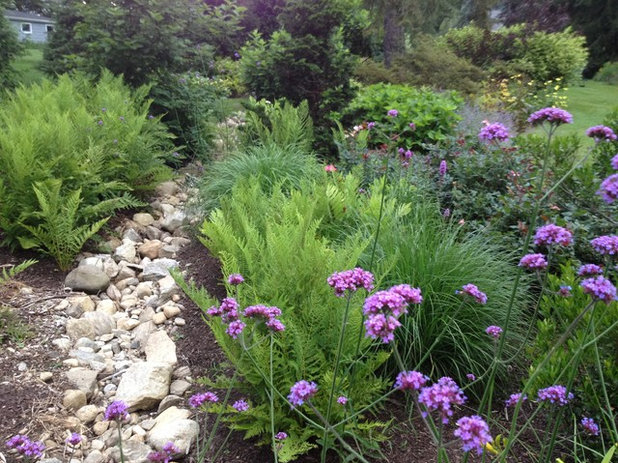 Observe your soil.
Observe your soil. You can learn so much by observing what happens to the soil in your landscape. Here are a few signs of potential problem areas that require specific types of plants.
- Ponding: A low spot collecting water may be due to soil compaction or the presence of heavy clay. Plants that thrive in waterlogged soils will do best.
- Erosion: Water may be whipping away on a slope or in a bare area of your yard. Use plants that will colonize and spread to hold the soil in place.
- Cracks: The presence of cracks in the soil is usually an indication of clay soil in nonarid climates. Use clay-tolerant plants.
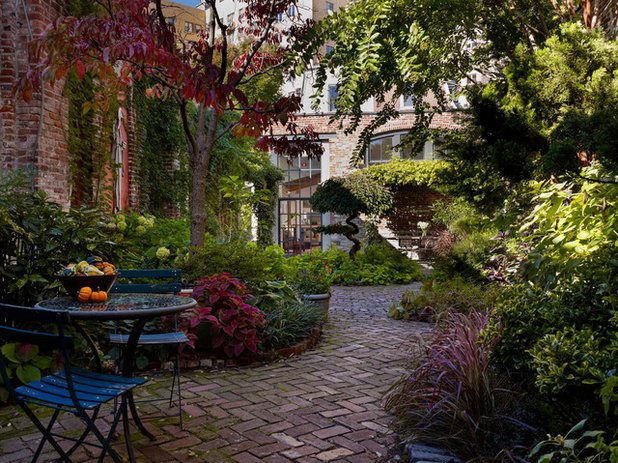
Hanson Fine Building
Test for toxins. If you live in an urbanized area, particularly in an older home, there’s a chance that your soil contains lead. Lead contamination is caused from old paint that may have peeled off a house or come from old lead pipes, and it hangs around in the soil long after the source has been removed. You can have your soil tested by contacting your county extension office so that you know exactly where toxins occur in the soil and in what amounts. You can still garden if you have lead in the soil, but take precautions to protect yourself.
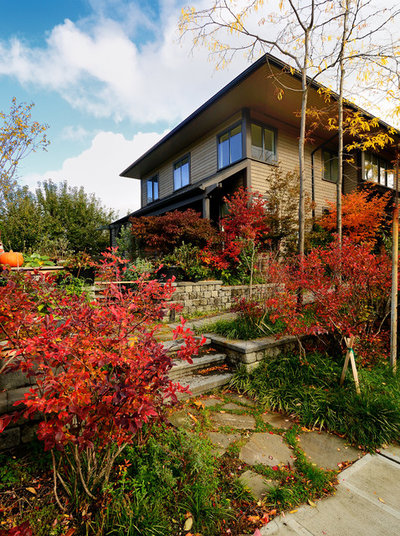
Studio Ectypos
Test your soil’s pH. Your soil’s pH can affect the plants you grow and is related to the climate where you live. In general, the arid western U.S. has alkaline soils, while areas with heavy rainfall have more acidic soils. The pH range is from 0 to 14, with 6.5 to 7.0 as the neutral zone. Lower numbers indicate acidic, and higher numbers indicate alkaline. The pH affects how plants absorb nutrients and how likely they are to thrive.
Pick up a simple pH soil test at the hardware store and test your soil. Similar to testing your soil type, test your soil’s pH in several spots so that you know if there are different pockets of high or low pH soils in your yard.
Have Acidic Soil in Your Yard? Learn to Love Gardening Anyway | Grow a Beautiful Garden in Alkaline Soil
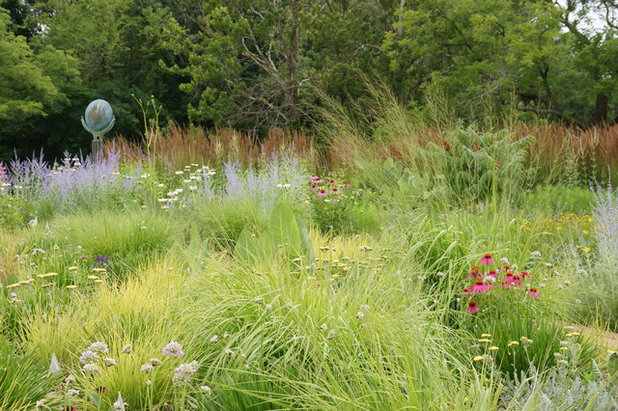
Adam Woodruff + Associates, Garden Artisans
Next step: Improve soil health with organic practices. There are many types of soil amendments that can temporarily alter your existing garden soil chemistry, but it is so much easier and more cost-effective to simply choose plants that thrive in the type of soil you have. Focus on using soil amendments that improve the ecology and microbe activity of your soil to maintain healthy soil over time.
The best examples of organic soil amendments include “living” composts and nutrients. These can be used on most soil types to add nutrients and improve soil structure:
- Mycorrhizal inoculants: These are a fungus that improves plants’ nutrient absorption. Adding them to the soil creates a healthy symbiotic relationship between the fungus and plants.
- Decomposed manure: Rich in nutrients and microbes, manure is an organic fertilizer.
- Leaf and grass clippings: Recycle your yard waste in your own compost pile, or use it directly in the garden as mulch.
- Compost: You can purchase organic compost or make your own.
- Worm castings: Earthworm poop is also known as “black gold” among seasoned gardeners. You can pick some up at your local farmers market or build your own worm bin.





